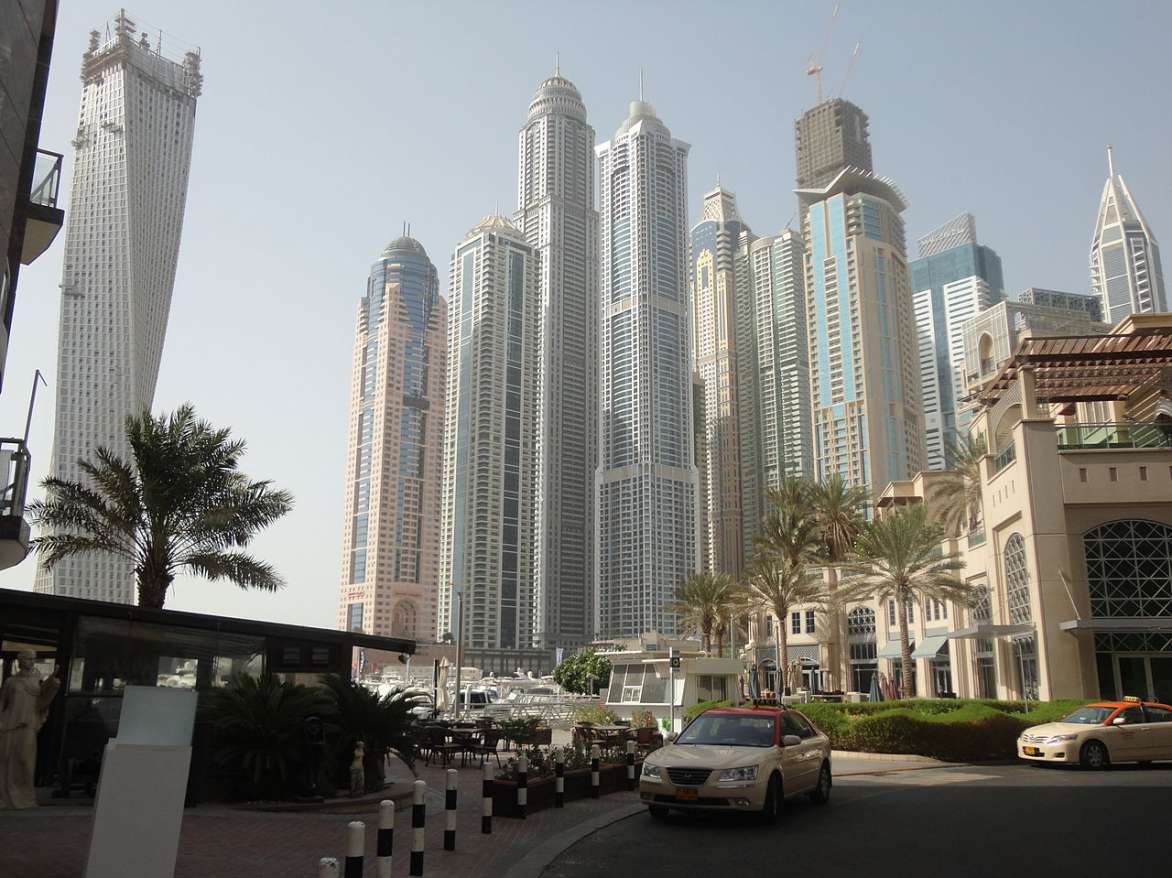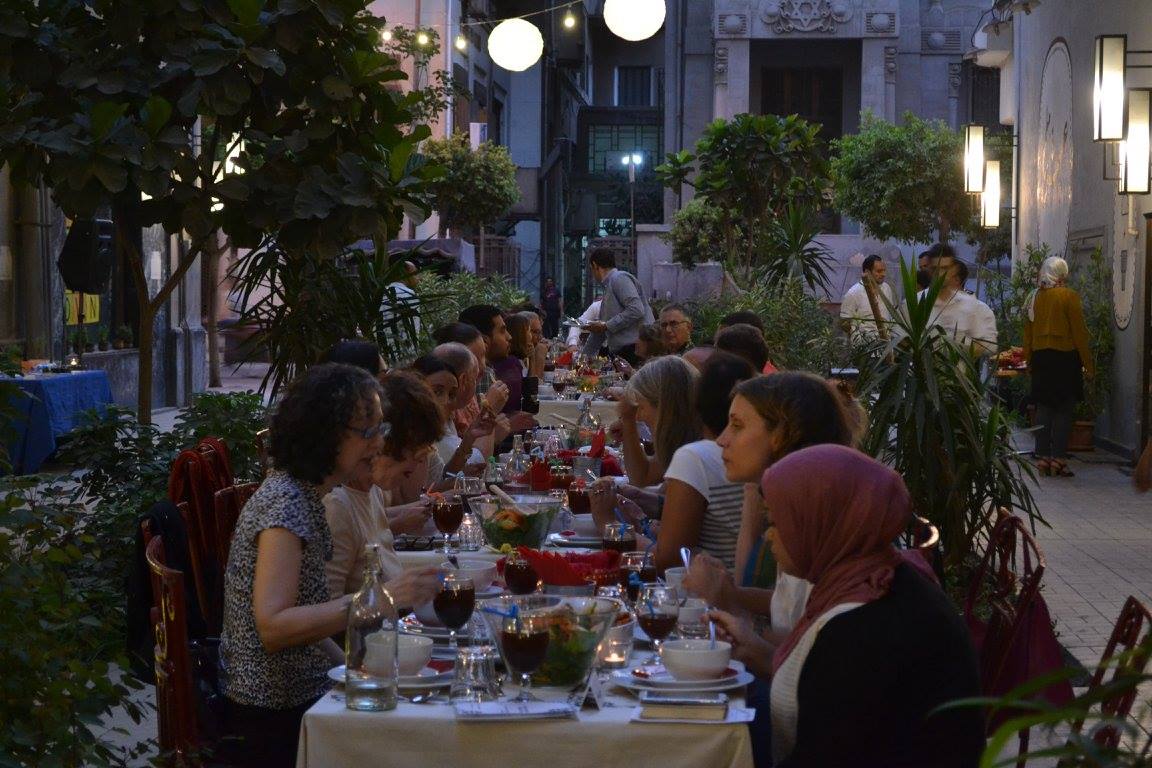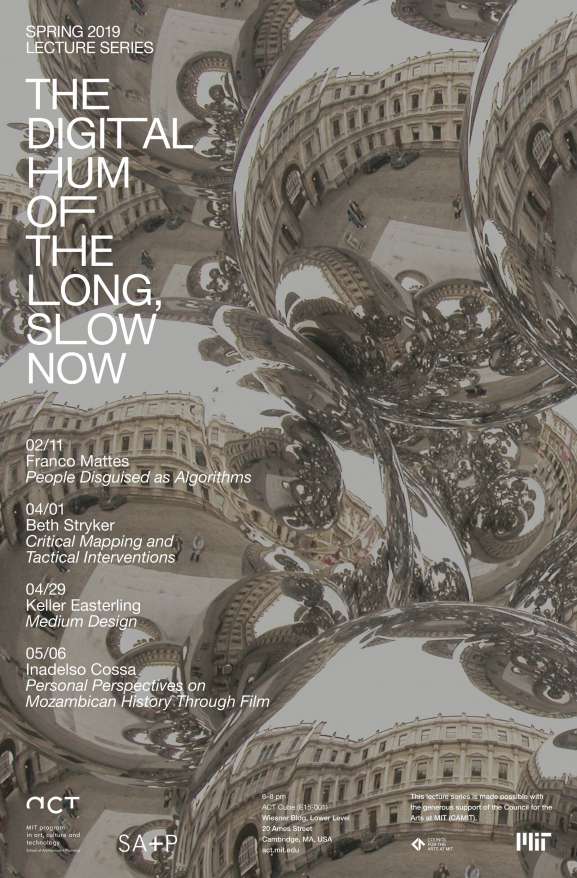Extrastatecraft explored repeatable spatial formulas and large socio-technical infrastructures—the free zone world cities, mobile telephony networks and commercial spatial products that are making some of the most radical changes to the globalizing world. Her recent book, Medium Design, continues to expose the dangers and powers of this ubiquitous space by focusing on not only the buildings but also the medium of technologies, rules and relationships in which they are suspended. Culture may give more governing authority to the newest technologies or to legal or economic abstractions, but space possesses information, value and potential beyond financial or geometric assessments, and it is itself a technology of innovation. Space is also a carrier of polity—dispositions and temperaments that elude the declarations of a political or ideological platforms. And just as a contemplation of medium inverts the customary focus on object over field or figure over ground, medium design may prompt practical design inventions and paradigm shifts that fundamentally alter approaches to seemingly intractable political problems.
Keller Easterling is an architect, writer and professor at Yale. Her book, Extrastatecraft: The Power of Infrastructure Space (Verso, 2014), examines global infrastructure as a medium of polity. A recently published e-book essay titled Medium Design (Strelka Press, 2017) previews a forthcoming book of the same title. Another recent book, Subtraction (Sternberg, 2014), considers building removal or how to put the development machine into reverse. Other books include: Enduring Innocence: Global Architecture and its Political Masquerades (MIT, 2005) and Organization Space: Landscapes, Highways and Houses in America (MIT, 1999). Easterling is also the co-author (with Richard Prelinger) of Call it Home: The House that Private Enterprise Built, a laserdisc/DVD history of US suburbia from 1934-1960. She has published web installations including: Extrastatecraft, Wildcards: a Game of Orgman and Highline: Plotting NYC. Her research and writing was included in the 2014 Venice Biennale, and will be included in the 2018 Biennale. She lectures and exhibits internationally.
Respondent:
Rania Ghosn is Associate Professor of architecture and urbanism at MIT and founding partner of DESIGN EARTH. Her research engages the geographies of technological systems to address the aesthetics and politics of the environment. The work of DESIGN EARTH has been exhibited internationally, including Venice Biennale (2018, 2016), Oslo Triennale (2017), Seoul Biennale (2017), Sharjah Biennale (2016), and MAAT (Lisbon, 2018), Sursock Museum (Beirut, 2016), Times Museum (Guangzhou, 2018) and collected by MoMA. Rania is co-author of Geographies of Trash (2015) and Geostories: Another Architecture for the Environment (2018), which has received support from the Graham Foundation. She is founding editor of the New Geographies journal and editor-in-chief of NG 2: Landscapes of Energy (Harvard GSD, 2010). Rania holds a Bachelor of Architecture from American University of Beirut, a Master in Geography from University College London, and Doctor of Design from Harvard GSD.
Part of the Spring 2019 Lecture Series: The Digital Hum of the Long, Slow Now
This lecture series is made possible with the generous support of The Council for the Arts at MIT (CAMIT)







